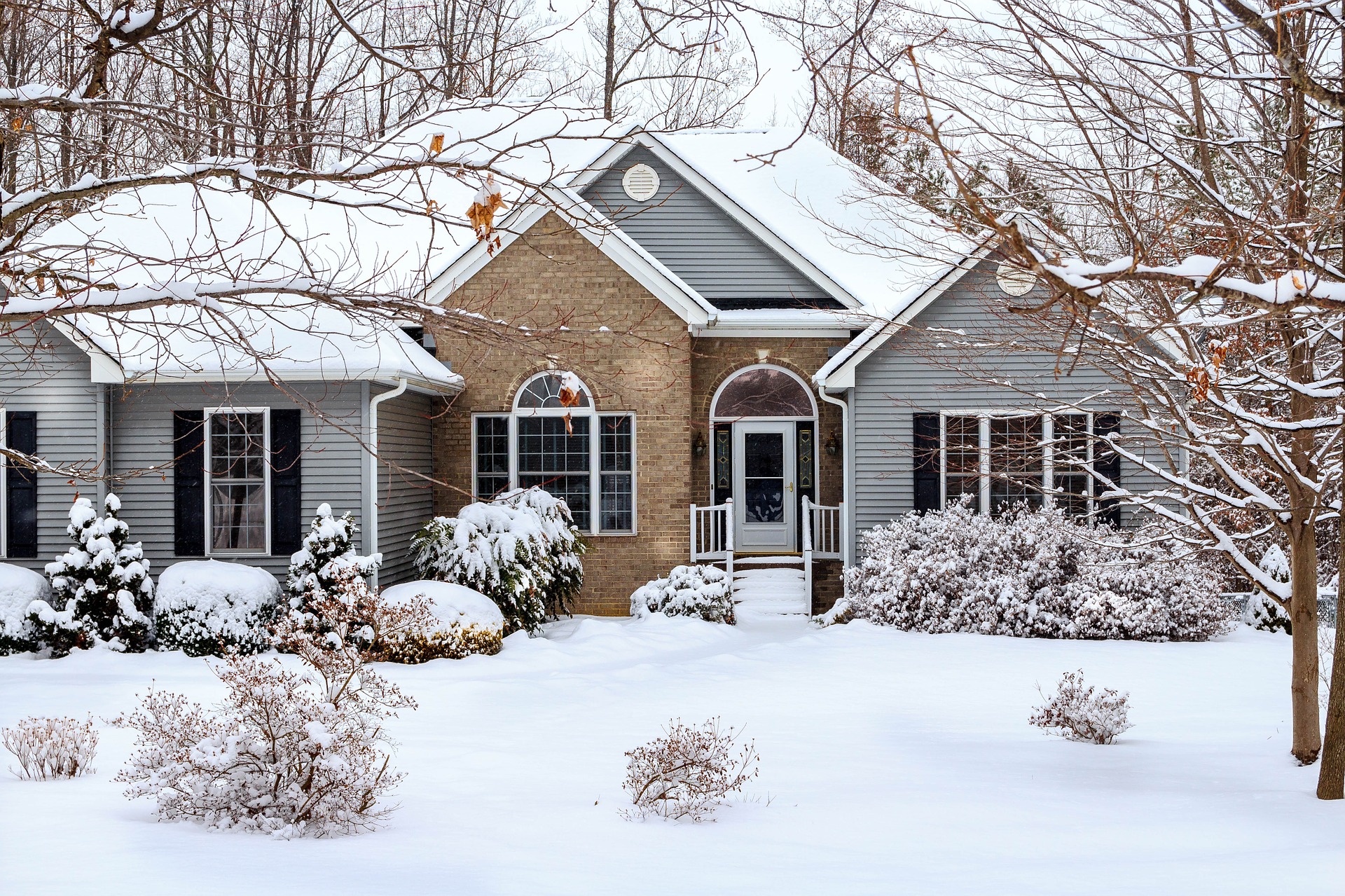In full transparency, the following is a press release submitted to SOURCE media.
***
[broadstreet zone=”51611″]
BOSTON – The COVID-19 pandemic has reshaped the real estate market in the U.S. in many ways, changing where families want to live and the types of housing they prefer.
Early on in the pandemic, many families in densely populated urban areas set out for more spacious homes in rural or suburban areas.
As more workplaces have adapted to permanent work-from-home or hybrid arrangements, some workers have made the move permanent, preferring space and affordability over proximity to the workplace or other amenities. And these pandemic-induced shifts have accelerated a trend away from cities among the Millennial generation.
At ages 25 to 40, Millennials are currently in their peak years for starting or growing a family and are seeking more spacious homes to accommodate that.
While as many as 89% of homebuyers would prefer a single-family home, these trends run counter to the direction of housing development in recent years. Apartments, multi-family construction, and other denser forms of housing have been presented as more efficient, affordable, and sustainable options than single-family homes.
As a result, the share of new housing units authorized by building permits that are single-family dropped from nearly 80% at the peak of the U.S. housing bubble in 2005 to less than 60% ten years later. Recently, however, that share has begun to recover, rising from 62.2% to 66.6% from 2019 to 2020.
[broadstreet zone=”52093″]
 |
Americans’ preference for single-family homes extends into the rental market as well. More than two-thirds of renters (67.1%) live in multi-family units, compared to just 11.6% of owners. But during the pandemic, demand for single-family rentals has increased as well, which has pushed rents higher.
According to CoreLogic, single-family rents rose 10.2% from September 2020 to September 2021 behind a surging demand for single-family properties, especially from those who have been priced out of the hot residential real estate market.
 |
But while adequate supply of single-family homes is a current challenge, single-family units remain the norm in most places.
Only one state—New York—has a majority of its housing in the form of multi-family units, with only 46.6% single-family units.
In contrast, more than half of all states have 70% or more single-family units, led by Indiana and Kansas at 78.5% apiece.
In general, single-family homes tend to be more common in the Midwest and South and less common on the coasts. As a result, most of the large cities (>350,000 residents) with the most single-family homes are located in Midwestern and Southern states.
But somewhat surprisingly, the large U.S. city with the greatest share of single-family homes is Bakersfield, CA, with 76.2% single-family units—well above the overall share for California, 64.7%, which ranks 43rd among states.

 |
The data used in this analysis is from the U.S. Census Bureau. To determine the locations with the most single-family homes, researchers at Construction Coverage calculated the percentage of existing housing units that are single-family, defined as “single unit, detached” or “single unit, attached.” In the event of a tie, the location with the higher percentage of owner-occupied housing units that are single-family was ranked higher. Researchers also included statistics on renter-occupied housing units.
The analysis found that 57.2% of Massachusetts housing units are single-family, compared to 68.4% of all U.S. housing units.
Out of all U.S. states, Massachusetts has the 2nd smallest percentage of housing units that are single-family.
Here is a summary of the data for Massachusetts:
- Percentage of housing units that are single-family: 57.2%
- Percentage of owner housing units that are single-family: 83.0%
- Percentage of renter housing units that are single-family: 14.6%
- Total single-family housing units: 1,515,125
- Total housing units: 2,650,680

For reference, here are the statistics for the entire United States:
- Percentage of housing units that are single-family: 68.4%
- Percentage of owner housing units that are single-family: 88.4%
- Percentage of renter housing units that are single-family: 32.9%
- Total single-family housing units: 84,051,726
- Total housing units: 122,802,852
For more information, a detailed methodology, and complete results, you can find the original report on Construction Coverage’s website: https://constructioncoverage.com/research/cities-with-the-most-single-family-homes-2021
[broadstreet zone=”59946″]

